In an age where city lights outshine the stars, the quest for a truly dark sky has become a pilgrimage for stargazing enthusiasts. Whether you’re a seasoned astronomer or someone who just wants to marvel at the Milky Way with the naked eye, the world offers a handful of extraordinary places where the cosmos comes alive. From deserts and mountaintops to remote islands and national parks, these are the best stargazing destinations that promise unforgettable celestial views.
Lahbab Desert [UAE]

A short drive from the glittering skyline of Dubai lies the tranquil Lahbab Desert, where endless dunes roll beneath a sky free from urban light pollution. This crimson-hued landscape offers the perfect canvas for nighttime stargazing. Campers and astronomy groups often gather here to catch the Milky Way in all its glory, with occasional meteor showers adding to the spectacle.
Joshua Tree National Park [USA]
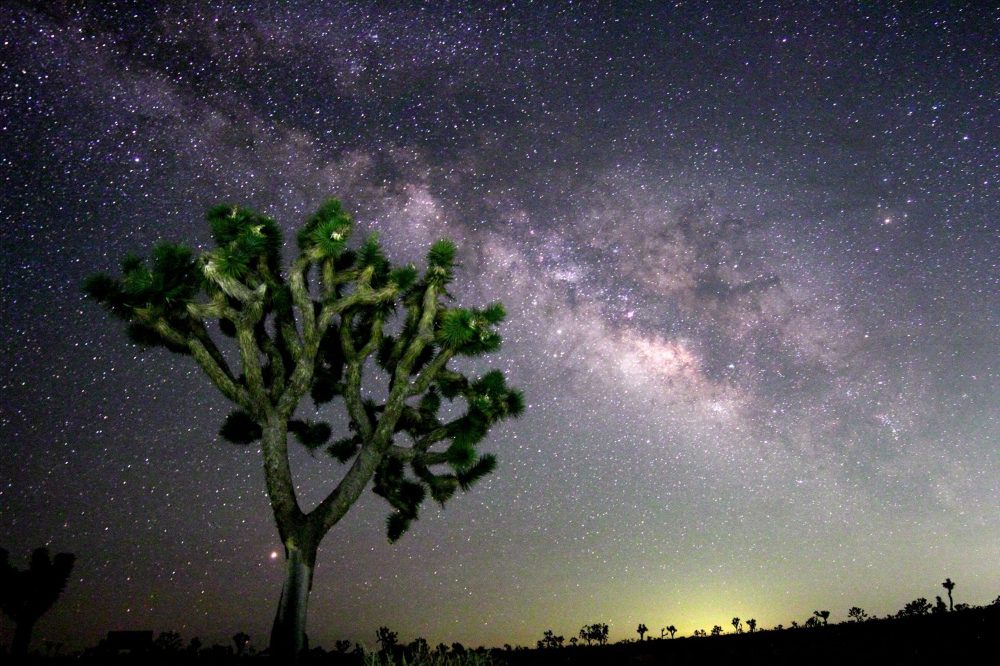
A sacred site for stargazers and mystics alike, Joshua Tree is one of the United States’ most iconic dark-sky locations. Nestled at the crossroads of the Colorado and Mojave Deserts, its unique rock formations and alien-like Joshua Trees create an almost otherworldly setting for watching the stars. As a designated Dark Sky Park, the views of constellations, satellites, and even the Andromeda galaxy are breathtaking on clear nights.
The Pinnacles Desert [Australia]
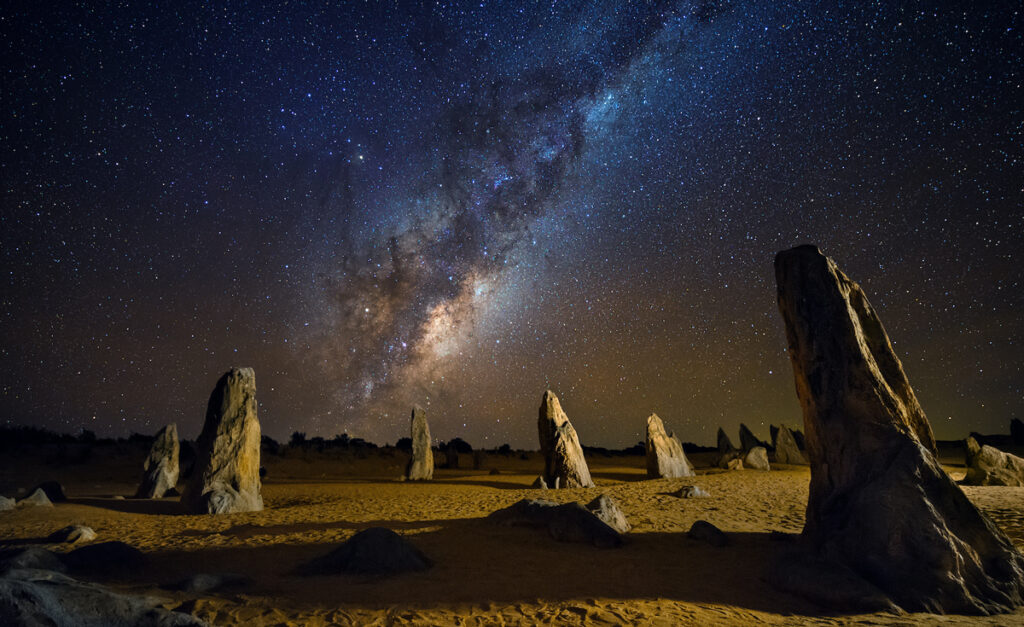
Just two hours north of Perth lies The Pinnacles Desert, where thousands of ancient limestone pillars rise from golden sands. By day it’s a geological marvel; by night, it’s an astronomer’s dream. Far from city lights, the sky here opens up in dazzling clarity, showcasing the Southern Cross, Magellanic Clouds, and sweeping views of the Milky Way. The surreal setting makes for both a stargazing and photographic paradise.
Tenerife [Spain]
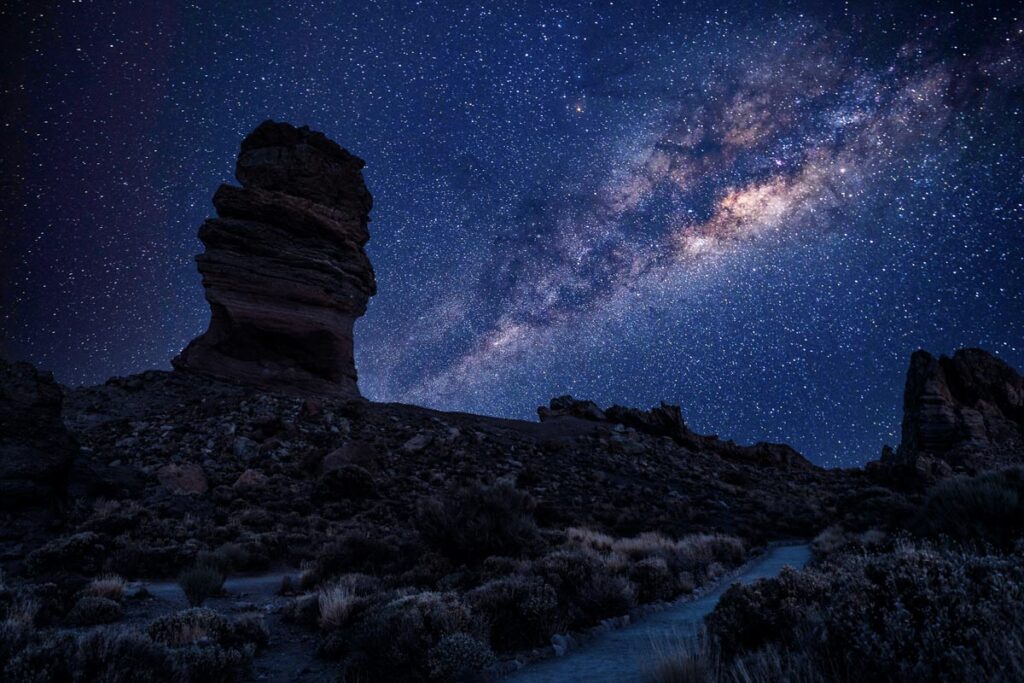
The volcanic island of Tenerife is not only known for its beaches and mild climate but also for being one of the best stargazing spots in Europe. Home to Teide National Park, this UNESCO World Heritage site sits at high altitude with minimal atmospheric interference. It’s also the site of the world-renowned Teide Observatory. Whether you’re an amateur astronomer or just love staring into infinity, Tenerife offers an unmatched celestial experience.
Lake Tekapo [New Zealand]

Part of the Aoraki Mackenzie International Dark Sky Reserve, Lake Tekapo in New Zealand offers some of the clearest skies in the Southern Hemisphere. With the iconic Church of the Good Shepherd often featured in astrophotography, this lakeside spot combines natural beauty with cosmic brilliance. The nearby Mount John Observatory offers guided night tours for those looking to deepen their knowledge of the night sky.
Andes Mountains [Chile]
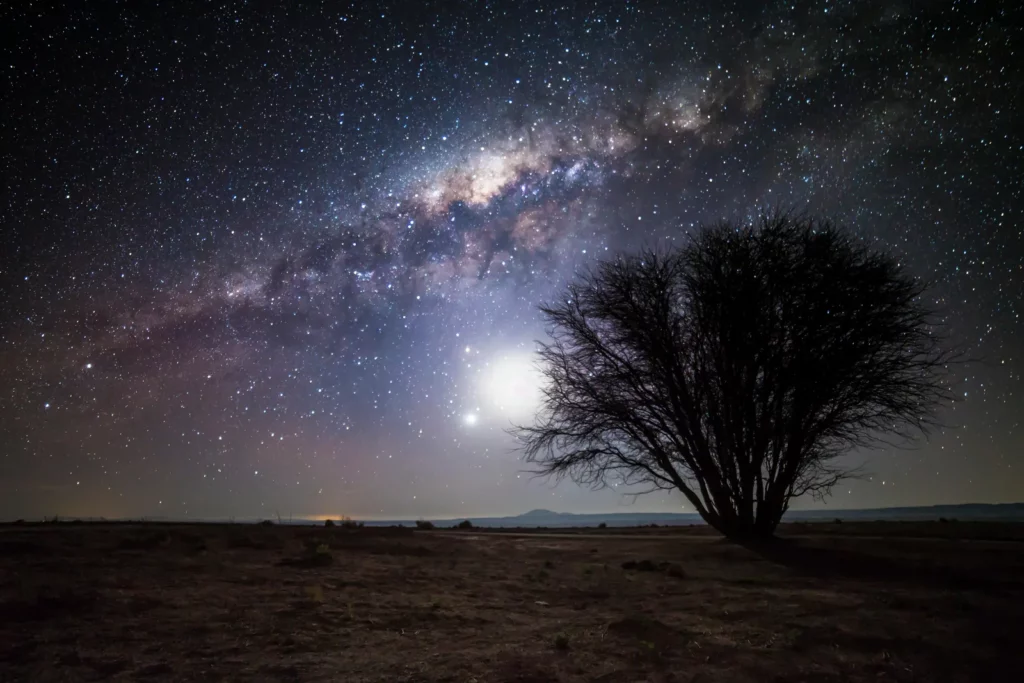
High above sea level and free from light pollution, the Andes Mountains near Santiago are a stargazer’s utopia. Chile is home to several major observatories, including La Silla and Paranal, thanks to its dry climate and stable atmosphere. The clarity of the night sky in this part of the world is virtually unmatched, with visibility that stretches deep into our universe. Whether visiting as a tourist or aspiring astronomer, the Andes promise an unforgettable night under the stars.
Vicentine Coast Natural Park [Portugal]
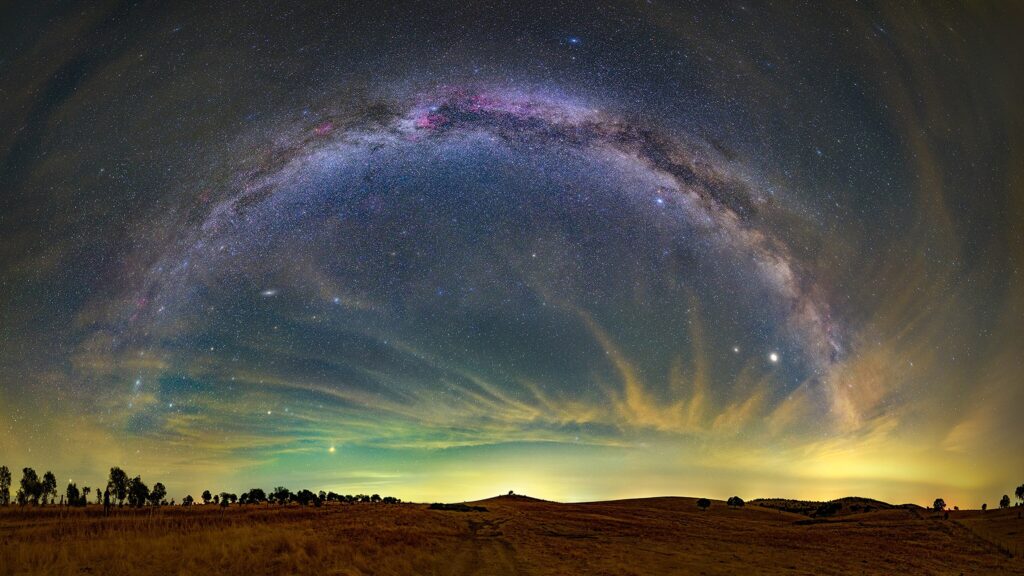
A hidden gem for night-sky lovers, Vicentine Coast Natural Park in the Algarve is a tranquil coastal haven where the Atlantic Ocean meets pitch-black skies. Known for its biodiversity and dramatic cliffs, this natural park also boasts minimal light pollution, making it a fantastic destination for casual stargazers and seasoned astrophotographers alike. On clear summer nights, you can spot the Milky Way arching across the sky with the sound of waves crashing in the background.
Tips for Stargazing Success:
- Plan Around the Moon: A full moon can wash out faint stars. Check lunar calendars and aim for new moon periods for the darkest skies.
- Use a Star App: Apps like Sky Guide, Stellarium, or Night Sky help you identify constellations, planets, and satellite paths in real-time.
- Pack Smart: Bring warm clothes, a blanket or reclining chair, snacks, water, and a red flashlight.
- Avoid Light Pollution: Get as far as possible from urban areas. Dark Sky Parks or Reserves are ideal.
- Stay Still and Patient: Let your eyes adjust for at least 20 minutes. The longer you look, the more you’ll see — including satellites and faint stars.
[Contributed By Anushka Gaikwad]











